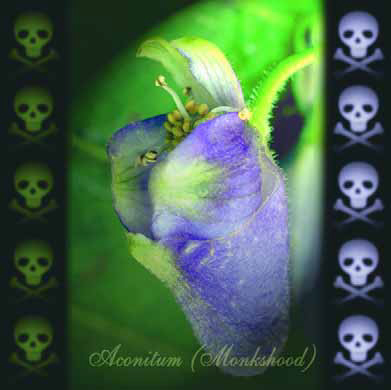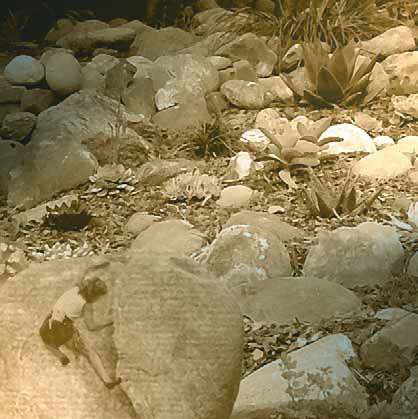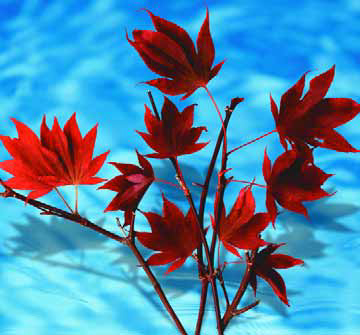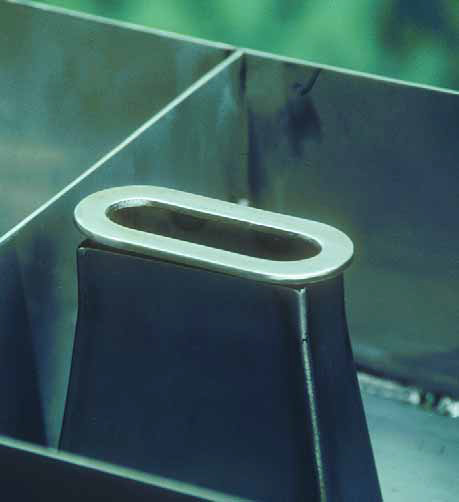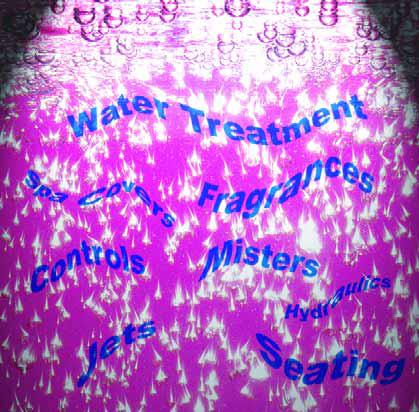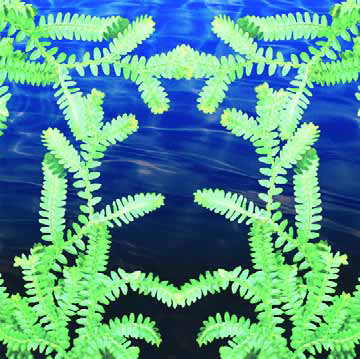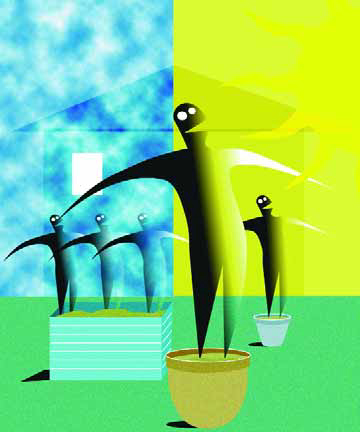placement
I found a new "favorite" plant last summer. It's called Dalechampia dioscorefolia, otherwise known as the Costa Rican Butterfly Vine. Its stunningly beautiful, exotic flowers were unlike those on any of the vines I typically see at nurseries and easily earned a place in my disorganized (and experimental) backyard garden. Given its unique beauty, I placed it on a trellis directly outside my bedroom window so I could see it every day and observe its progress. After a few months of growth, it was still quite floppy and had not wrapped itself around places high enough on the trellis for my liking. So one Saturday, I went out and wrestled apart many of the branches of the vine that had wrapped around themselves and set them up to reach
If I were to ask the average watershaper to name the most versatile element in any landscape, he or she would probably reply by talking about water or plants or some other equally prominent component. If you asked me the same question, however, I'd almost always say rocks. Some of you might be thinking I have a few too many of them rolling around loose in my head, but there's a good explanation for my response. First, rocks come in an infinite number of forms, shapes, compositions, colors, textures and sizes. Second, they can be used to sit on, walk on, retain hillsides or create small mounds. Third, they add dimension to designs and contribute in countless other ways to the
If I could point to one plant that will consistently stand out in just about any garden, it would have to be the maple. Virtually no Asian-style garden would be complete without one, and they fit beautifully into gardens of many other styles as well. I particularly like pairing maples with watershapes because of their tendency to soften the edges of typical hardscapes and the way they are reflected by the water. When placed well, a specimen or single maple can indeed be a key
If you've been following this column for the past several issues, you already know a good bit about the magnificent (and magnificently difficult) project I completed late last year in the Malibu Colony. Many times in those columns, I mentioned (mostly in passing) a system of four deck-level laminar jets we planned on installing. As was the case with just about everything else on this project, incorporating the system of jets into the courtyard environment turned out to be far more complicated and challenging than we ever thought it would be. When all was said and done, however, we all agreed that meeting this particular challenge was
Last time, we began a discussion of giving our clients the satisfying hot-water experience they crave with a review of basic design principles and coverage of a range of materials-selection issues. Translating the good on-site positioning and great materials we surveyed in February into a luxurious spa experience requires the designer to have an advanced understanding of the technology at work in hydrotherapy as well as a grasp of the spectrum of options available to drive and control hot-water systems. Before we address those key topics, however, it bears
Since time immemorial, humans have sought out warm water for purposes of pleasure, bathing, relaxation and healing. That's a great thing for modern watershapers, almost all of whom are steadily asked to design swimming pools with attached spas or to set up stand-alone inground spas or to find ways to make portable spas work as part of a landscape or deck setting. I'd argue that hot water is even more important to contemporary lifestyles than it was to the Assyrians, Greeks or Romans of antiquity, given the stresses of modern life and the fact that we seem to have more of the leisure time required to enjoy a
Skimmers are found in just about every type of watershape imaginable, including gunite, vinyl-lined, fiberglass and aboveground pools as well as in-ground and portable spas - not to mention ponds, stream and fountains. In each case, specific skimmers have been designed to serve the individual applications. For purposes of this discussion, let's keep things simple by sticking to skimmers' most familiar application - in gunite swimming pools. A KEY ROLE The main function of a pool's skimmer is removal of debris from the surface of the water. To do so, the skimmer is connected to the suction-side plumbing of the pool's pump and draws water across a weir (or a float) as a result of the vacuum created by the pump. The weir (or float) is buoyant by nature and allows only a
Very often when I'm selecting a plant palette with a client, I'll hear the words, "I hate ferns." I'm not sure what it is about these botanical beauties that evokes such a visceral reaction from people - except maybe that they were overused in floral arrangements during the 1970s and 1980s? I'm not sure what's going on here, and if any of you know a soild reason for this dismissal, please educate me! For my purposes, ferns are one of the most versatile plants available. They typically prefer
We've spent a lot of time in these columns talking about ways of adding dimension and interest to gardens by using different planting styles and arrangements and by varying color, texture, size, quantity and other planted features of the design. As yet, however, we haven't spent any time at all on one of the easiest and potentially most interesting ways of giving a design a unique character - one that virtually forces visitors to remember your garden. It's all about containers and accessories. As simple as it seems, adding containers and other accessories - anything from simple terra cotta pots or stone benches to elaborately custom-built planter boxes or beautifully detailed garden statuary - can add marks of










